On the evening of June 24, 2015 I gave a lecture in Paris, France before an audience numbering more than seven hundred. All were guests of Cercle K2, a Paris based think-tank that seeks solutions to the social, political and economic problems facing the world today. I am proud to acknowledge that I am a founding member. The venue was the beautiful Ferdinand Foch Auditorium on the grounds of Ecole Militaire.
Two days later I walked from the apartment where I was staying to 10 Rue Nicolas Appert. The street name may be unfamiliar to many of you. But everyone recognizes “Je suis Charlie.”
Yes, you’re right – 10 Rue Nicolas Appert is the headquarters of the French satirical magazine, Charlie Hebdo. It was also the scene of France’s deadliest terror attack in more than a half a century. I wanted to see it and more importantly, I wanted to feel it. (see photos below)
After a twenty minute stroll through the heart of Paris I suddenly turned on to the bustling Boulevard Richard Lenior, a beautiful four lane avenue lined with shops and cafes, and divided by a flower-filled park complete with Parisians soaking up the warm afternoon sunshine. It even has concrete Ping-Pong tables; all in use that day.
Just as suddenly I found myself on the tiny Passage Sainte-Anne Popincourt which drew me into a tight little warren of path-like “alles” and more “passages.” From a cacophony of urban life I had slipped into a serene world with no traffic and fewer people. The neighborhood was an oasis of white box-like office buildings mixed with residential flats.
My feeling was one of discomfort as I slowly made my way along the sidewalk. I was an intruder struggling to blend-in. I faked a casual air looking here, glancing over there, capturing the angles and getting my bearings, all the while trying to appear like – I belong.
My hope was to reconstruct what happened and how it unfolded. From what direction did the terrorists come? How did they pull it off so quickly? How did they escape so easily?
If you didn’t know what happened last January 7 you would wander past 10 Rue Nicolas Appert without a thought. There are no plaques, no statues, no markers – no memorials of any kind. Today, the delicate mounds of flowers gently placed there by French mourners are gone.
But a closer look reveals two clues that hint at the horror. First, a line of flimsy waist-high aluminum fences surrounds the building’s entrance. Then there is the small sign taped to a second floor office window across the street. It reads simply “Je Suis Charlie”
In the days following the attack the media described the terrorists as trained killers who had executed a well-planned operation. Yet now we know they hadn’t even cased the target.
Frightened witnesses told police that after leaping out of a car, they rushed into 6 Rue Nicolas Appert only to be told that Charlie Hebdo was located next door. My mind’s eye followed them as they raced the few feet down the sidewalk. Moments later twelve of France’s finest journalists and cartoonists were slaughtered. It would have been comedic if it wasn’t so horrible.
My efforts at blending-in failed miserably. As I milled around people continually walked in and out of 10 Rue Nicolas Appert. Others stood at the entrance chatting and smoking. All of them nervously watching me. After the nightmare they experienced just five months earlier, and could face again – who could blame them?
As I stood there taking everything in, a silly childhood verse came to mind. It goes “if ‘ifs’ and ‘buts’ were candy and nuts what a wonderful world this would be.”
I know it’s counterintuitive but what if the police, having learned of the plot, managed to follow the terrorists. It is clear to me that once their car turned from Boulevard Richard Lenoir onto Passage Sainte-Anne Popincourt (a one way street leading to a series of one way streets) they would have been trapped.
One walkway had a chain and some slender poles in front of it that could have stopped an Abrams tank. Blocking just three or four other alles and passages would have prevented any escape.
But desperate men do desperate things. There could have been a shoot-out in the street or a barricade situation that could have ended with greater carnage.
Eventually I sucked it up and began snapping photos with my I-Phone. One young woman was kind enough to take a few of me as well.
After about a half hour I moved on having absorbed as much as I could. I crossed Rue Nicolas Appert and turned on to Alle Verte easing my way down the few hundred feet back to Boulevard Richard Lenoir.
Stopping for a moment I couldn’t help but glance back over my shoulder trying to hold on to what I had just experienced and wondering when and where the next tragedy would strike. I then turned and continued on my way.
Later, after returning to my flat, a friend gave me the answer. There had been a beheading hours earlier at Lyon, just 250 miles south of Paris, a murder of 39 tourists at Sousa, Tunisia and a suicide bombing in a Kuwait City mosque.
My journey to Charlie Hebdo that day was sad but instructive.
Je suis Charlie!
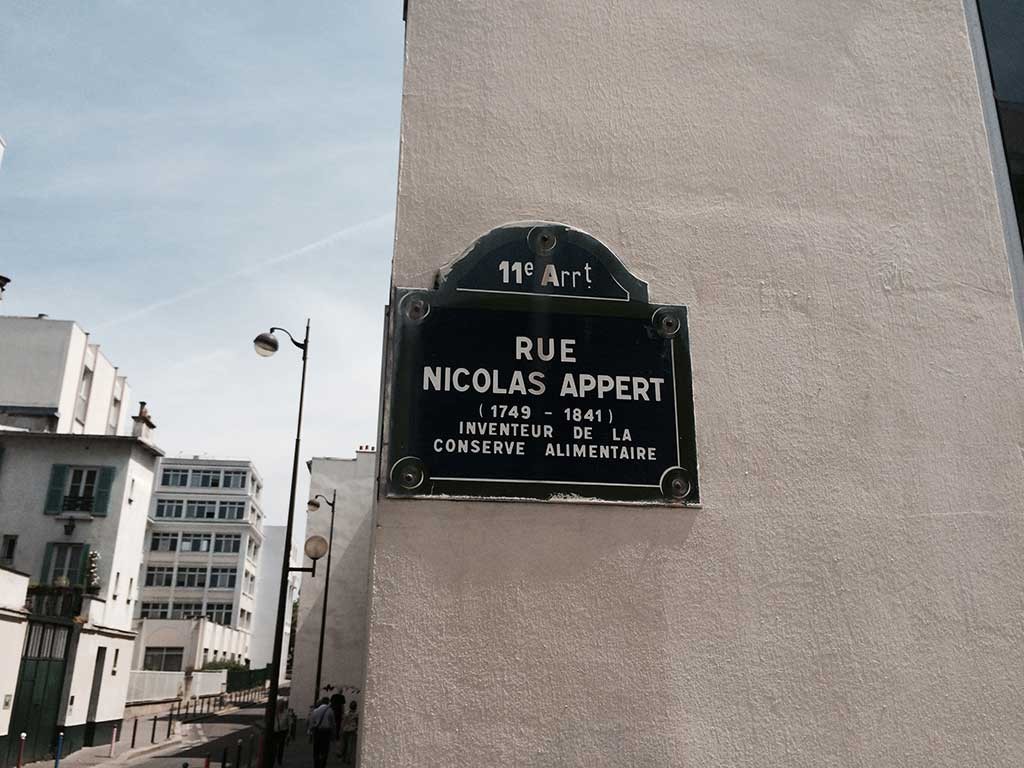
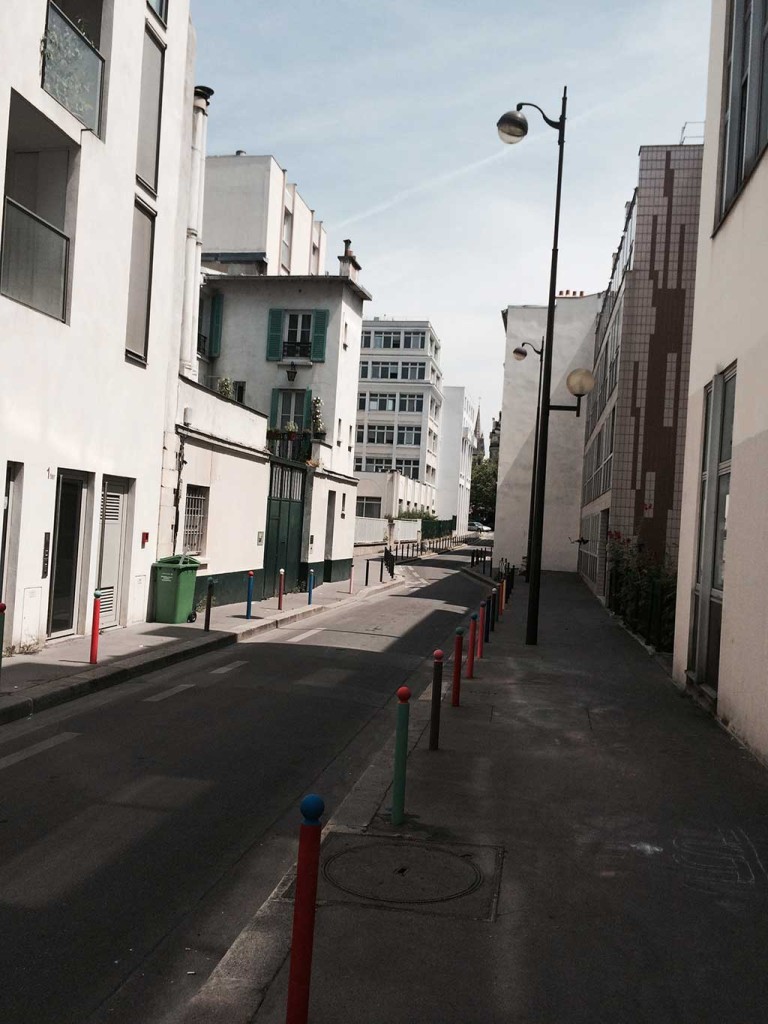
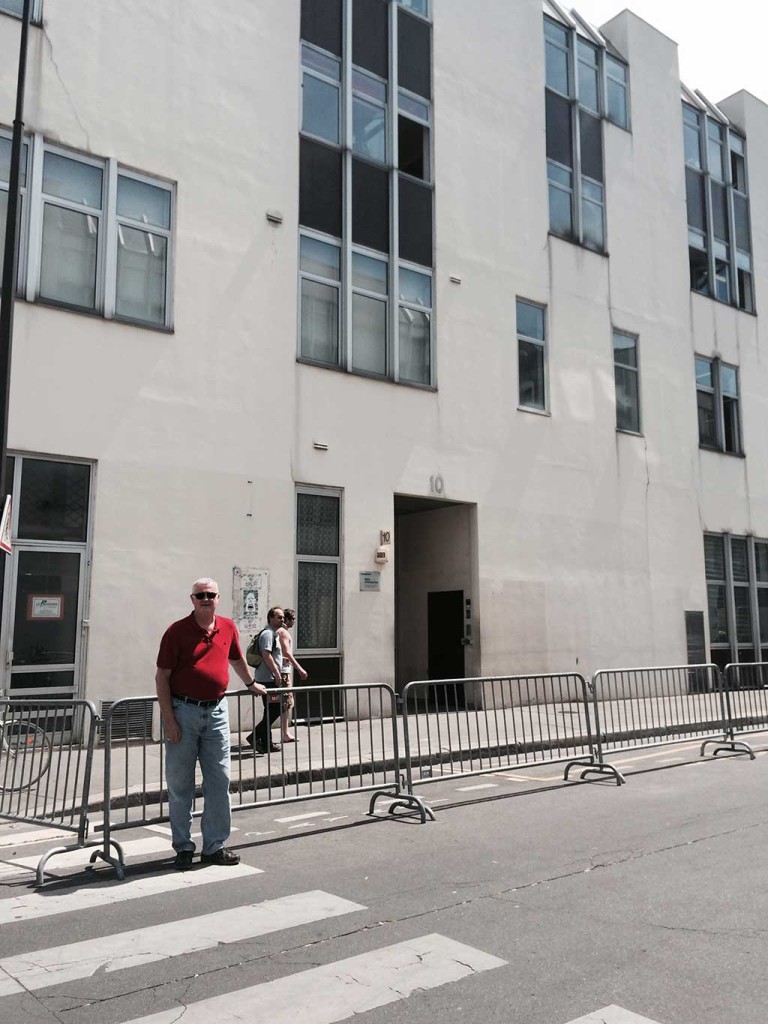

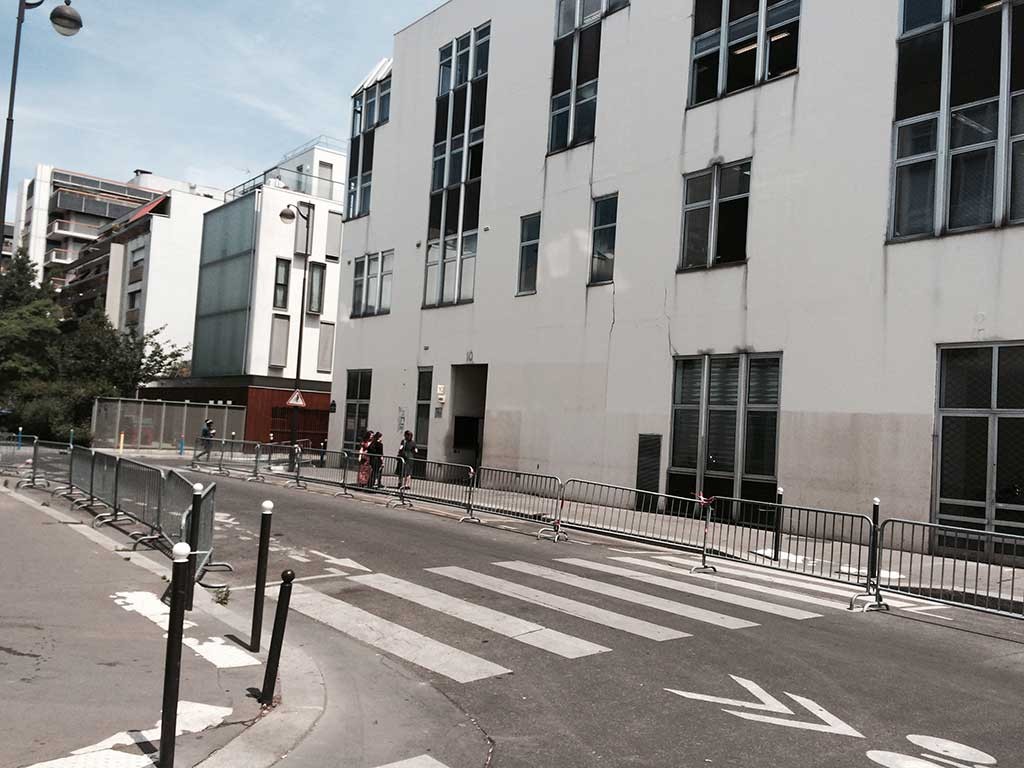
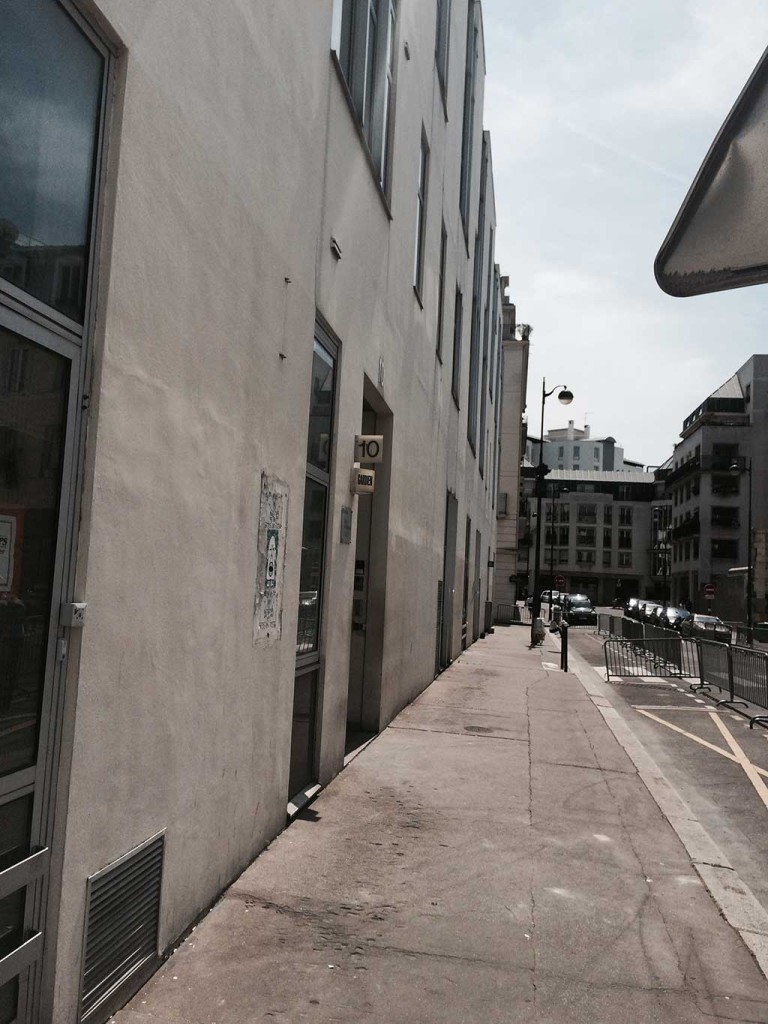
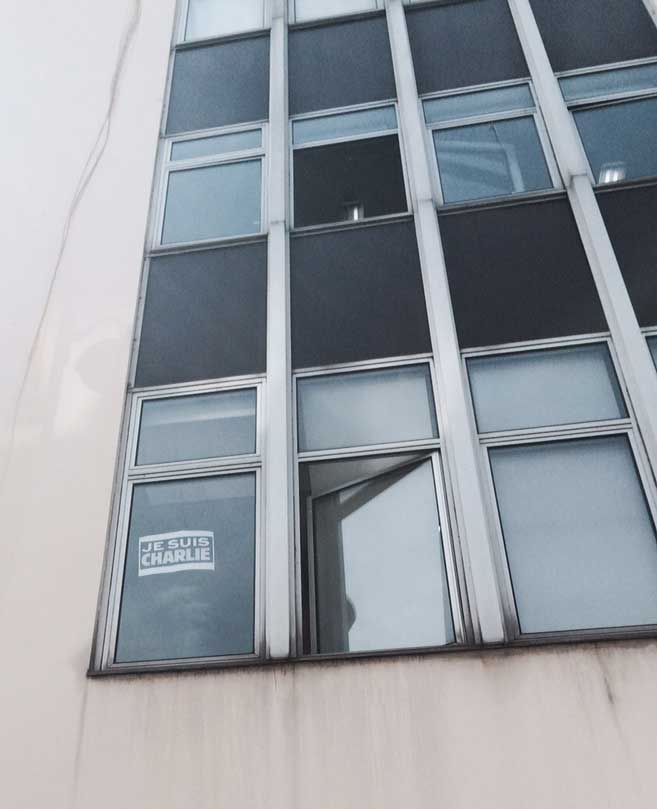
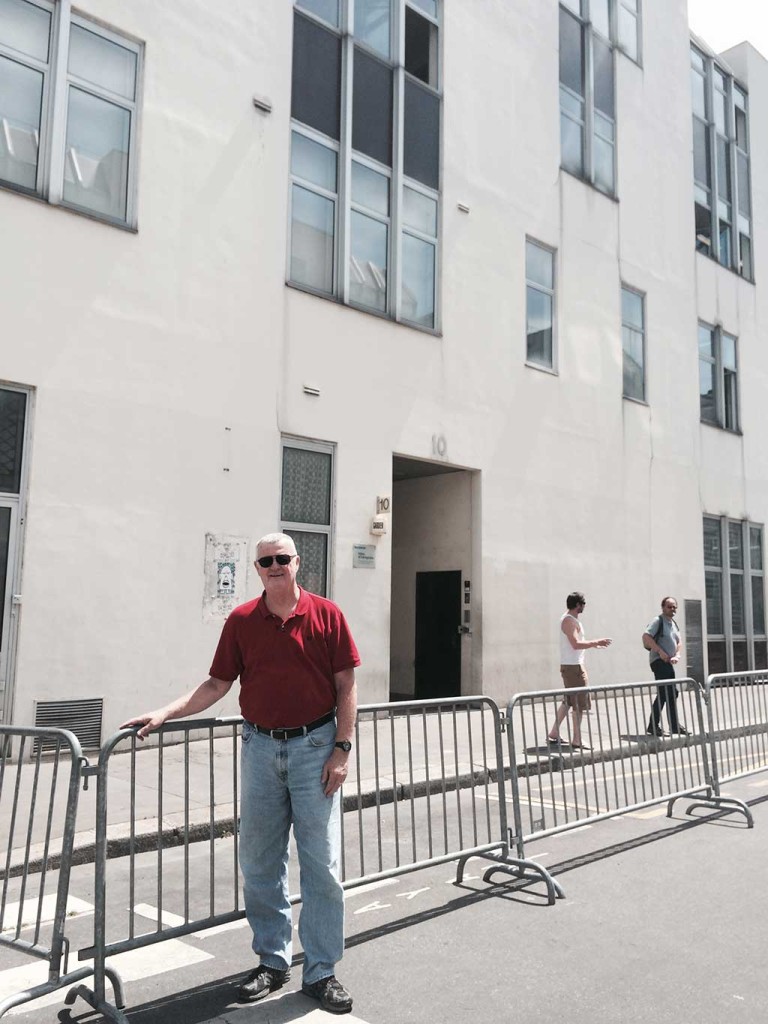
You must be logged in to post a comment.